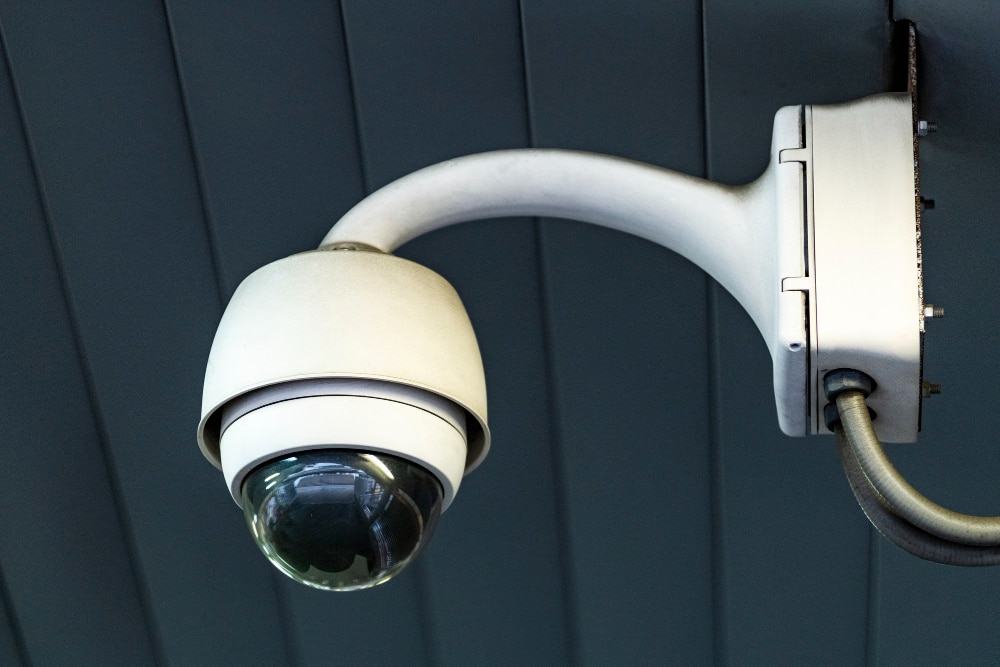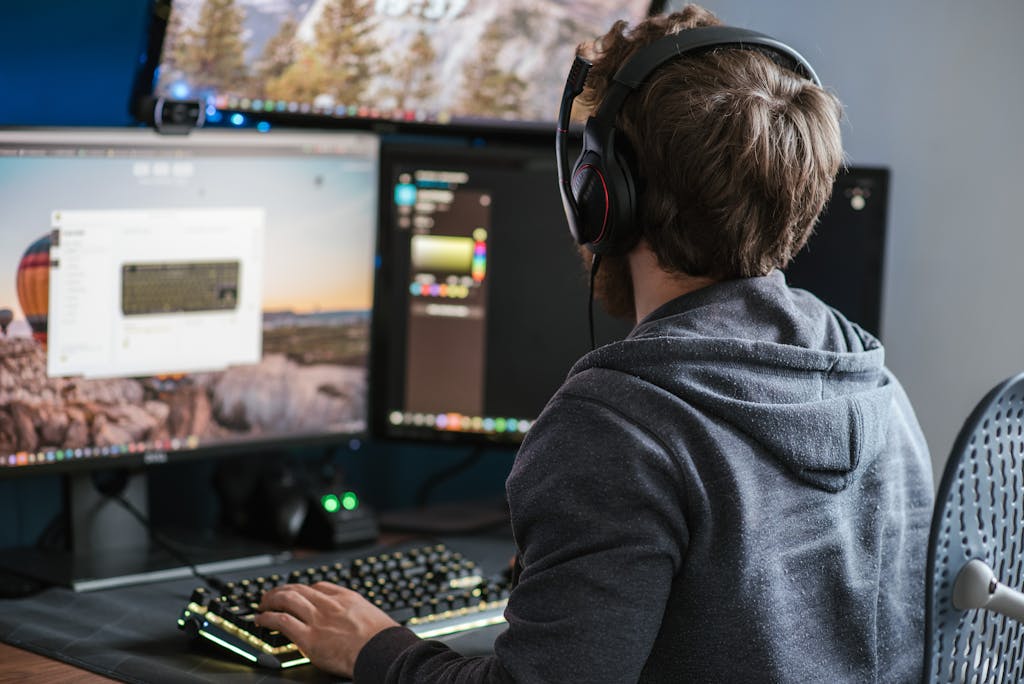Private investigation is a realm of stealth, precision, and technological prowess. At the heart of many a PI’s toolkit lies the hidden camera, a device that can make or break a case. But how did we get here? What lies beyond the camera?

Let’s journey together through the intricate world of covert operations.
The Inception of Hidden Cameras
Long before the digital age, the need for discreet surveillance existed. The earliest hidden cameras were bulky, labor-intensive, and difficult to conceal. Early 20th-century spies and detectives used these devices, often risking exposure. Yet, as technology advanced, these cameras began their rapid descent in size and ascent in capability.
The Multi-faceted Uses of Hidden Cameras
– Evidence Compilation: Beyond merely gathering information, cameras provide concrete, often incontrovertible evidence in legal disputes.
– Safety Protocols: In challenging scenarios, a hidden camera acts as a silent witness, safeguarding PIs from potential harm or false accusations.
– Monitoring and Tracking: In cases of suspected infidelity, fraudulent activities, or even corporate espionage, passive observation becomes a potent tool.
The Evolution of Hidden Cameras
– Button Cameras: Concealed within clothing, they offer personal interaction recording.
– Pinhole Cameras: Almost imperceptible to the naked eye, they can be stationed anywhere.
– Motion-sensitive Cameras: Ideal for extended surveillance, they’re energy and storage efficient.
– Night Vision Cameras: Darkness isn’t a hindrance, thanks to these infrared marvels.
The Ethical Dilemma: Surveillance vs. Privacy
Hidden camera usage often treads a fine line between necessity and intrusion. Even when the law permits surveillance, ethical constraints must be respected. PIs frequently find themselves juggling the task at hand and the moral implications attached to it. However, with professionals, like https://www.bondrees.com/private-investigator/, they know exactly how to investigate while keeping in line with the law.
Beyond Cameras: The Expansive World of Covert Ops
Physical Surveillance: A timeless tactic. It involves following a subject discreetly, gathering information through direct observation.
Electronic Eavesdropping: Devices like bugs, wiretaps, and more modern digital tools can capture conversations and transmissions.
Digital Reconnaissance: The digital footprint is often as revealing as the physical one. PIs, hence, delve into social media trails, email histories, and other digital breadcrumbs.
Undercover Operations: Sometimes, the PI might assume a new identity or role to infiltrate a specific group or scenario. This method requires immense adaptability and acting prowess.
Challenges in Covert Ops
Legal Boundaries: Surveillance laws can be tricky. They differ from one jurisdiction to another and can change based on the evolving sociopolitical climate.
Advanced Counter-surveillance: As surveillance tech advances, so do countermeasures. Modern-day subjects might employ jammers, detectors, or even anti-surveillance software.
Data Deluge: In our digital era, information overload is real. PIs must sift through vast amounts of data to locate relevant nuggets.
Legal Implications of Hidden Cameras Across Jurisdictions
United States:
In the U.S., laws regarding hidden camera usage vary significantly from state to state. Generally, it’s illegal to record private conversations without at least one party’s consent. This law extends to video recordings, especially if the subject has a reasonable expectation of privacy. For example:
Wiretapping Laws: In states like California and Florida, all parties must consent to being recorded. This contrasts with states like New York and Texas, where only one party needs to be aware.
Video Surveillance: Most states allow video recording without audio as long as it’s in a public place. However, areas where there’s an expectation of privacy, such as bathrooms or bedrooms, are universally protected.
Canada:
Canada’s Criminal Code makes it an offense to intercept private communications, but there are exceptions. If one of the parties involved in the communication consents to the interception, it’s generally permissible. However, non-consensual video recordings, especially in private settings, can lead to severe legal ramifications.
United Kingdom:
In the UK, the Data Protection Act and the Human Rights Act govern the use of hidden cameras. Public places usually allow for surveillance, but private spaces necessitate informing the individuals being recorded.
Regulation of Investigatory Powers Act (RIPA): This act is particularly significant for PIs. It mandates that any surveillance must be necessary and proportionate. Any breach can lead to legal consequences.
Australia:
Australian laws around hidden cameras are primarily focused on issues of privacy and unauthorized data collection. Various states have their legislation, but in general:
It’s illegal to install, use, or maintain listening devices that overhear, record, monitor, or listen to a private conversation without consent.
Video surveillance is often subject to stricter regulations, especially in private settings like homes or hotel rooms.
India:
In India, the right to privacy is a fundamental right, and any breach can lead to legal consequences. While there isn’t specific legislation about hidden cameras, their misuse, especially in private settings, can be challenged under various laws, including the Information Technology Act.
European Union:
The General Data Protection Regulation (GDPR) has set stringent guidelines about data protection and privacy. Although focused primarily on digital data, its principles can extend to surveillance data. Any entity conducting surveillance would need clear justifications and would have to ensure data protection principles are upheld.
The Road Ahead: What the Future Holds
Integration of Advanced AI: Picture a camera that can differentiate between regular and suspicious activity. Or one that recognizes faces in vast crowds.
Usage of Drones: Miniature drones might soon become PI favorites, offering bird’s-eye views and accessing hard-to-reach areas.
Augmented Reality (AR) Surveillance: AR could offer real-time data overlays, aiding PIs in making swift decisions based on immediate analytics.
Quantum Cryptography and Surveillance: As the world moves toward quantum computing, the potential for quantum-encrypted communication grows. PIs will need to adapt to these ultra-secure channels.
Conclusion: Unraveling the Tapestry of Covert Operations
Hidden cameras and covert operations serve as the lifeblood of many private investigations. While they unveil truths and aid justice, they also thrust upon PIs the monumental responsibility of wielding them right. As we stand on the brink of a technological renaissance, the world of private investigation is poised for unprecedented evolution, promising a future as enigmatic as the mysteries it seeks to unravel.









